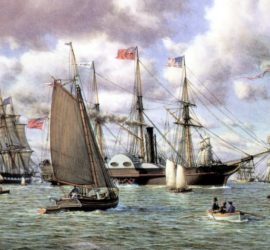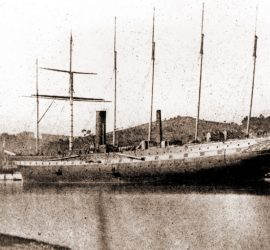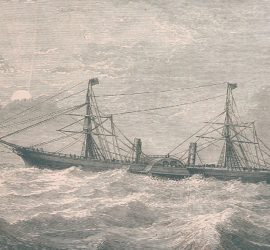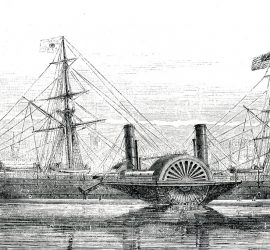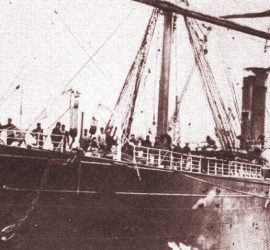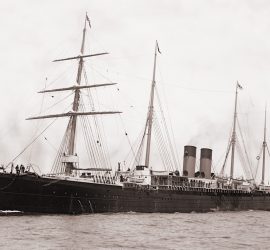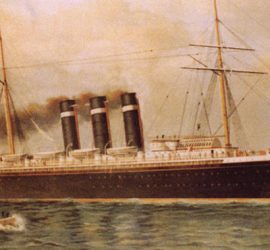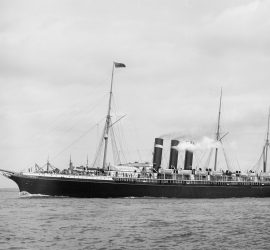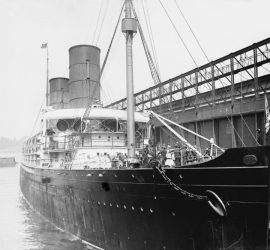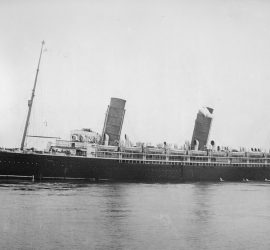1838 – 1856 / Isambard Kingdom Brunel’s Great Western proved the feasibility of steam-powered ships on the high seas.
Henrik Reimertz
1845 – Present Day / Isambard Brunel’s technical marvel, the Great Britain did away with paddle wheels and was built with an iron hull. She survives to this day, in the very Bristol dock from which she was once launched.
1862 – 1904 / An unusually long-lived vessel, Cunard’s Scotia was a speed queen of her age and saw a second life as a cable-laying ship.
1864 – 1899 / Originally a paddle-steamer, the Compagnie Générale Transatlantique’s Washington was refitted in 1868 and became the first twin-screw liner on the North Atlantic run.
1870 – 1956 / Also known as Victoria / With a remarkable longevity, the Cunarder Parthia would see almost nine decades of service in various guises.
1874 – 1903 / Another Blue Riband champion of the White Star Line, the first Britannic remained with the company for nearly 30 years before being sent to the scrappers.
1888 – 1923 / Also known as New York / A competitor for the Blue Riband, the City of New York and her sister ship meant a leap forward in ship design, improving on size, speed, and comfort.
1889 – 1923 / Also known as Paris and Philadelphia / The second of Inman Line’s swift duo, the City of Paris would hold the Blue Riband for both eastbound and westbound crossings of the North Atlantic.
1893 – 1918 / The first twin-screw ship of the Cunard fleet, the Campania was a speed queen of her time. She held the Blue Riband of the North Atlantic, and served in World War I as an aircraft carrier. Sadly, she sank after an accidental collision, just four days before the armistice.
1893 – 1909 / An ocean greyhound, just like her older sister, the Lucania proved the fastest of the two. Setting records for both west- and eastbound crossings of the North Atlantic, she was one of many Cunard speed queens. Unfortunately, she was destroyed by fire in 1909.

